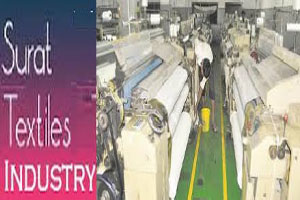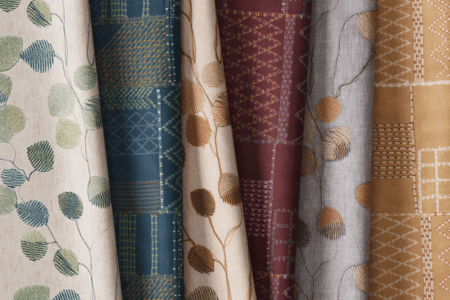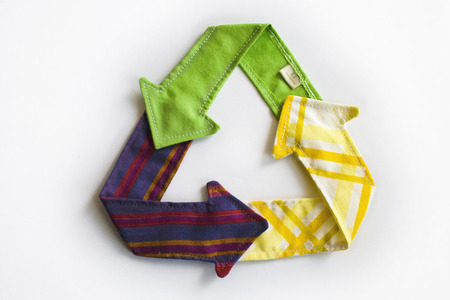
Surat textile industry reeling under subdued capacity utilization over GST
YarnsandFibers News Bureau 2018-01-03 11:00:00 – AhmedabadThe Surat-based textile industry is still reeling under the goods and services tax (GST) impact. The current production is down to 2.5mn meter against 40 mn metres per day in the Rs 500 bn synthetic textile hub of Surat. Similarly in the weaving sector, against a Rs 600-million daily turnover in the pre-GST era, the same is still down by 50 percent.
According to industry sources, capacity utilisation at most of the power looms and trading units is still down by 50 percent or lesser. Moreover, power looms continue to shut shops, with roughly 250-300 looms being discarded as scrap daily, albeit at a slower pace than in October.
While spinning units are finding takers in the knitting industry — which is currently doing better due to the winter season — the other verticals in the textile chain, such as weaving and trading, are still finding business unsustainable, especially among smaller players.
Smaller traders are still hit. The matter is not just about the 5 percent GST the traders have to pay, it is about the additional costs of hiring accountants and investing in technology that is hitting the smaller traders’ pockets. This has led to a 50 percent decline in business, Hitesh Sanklecha, one of the traders leading the demands on changes in GST in the Surat textile trading industry said.
Further, there are still several traders and weavers who are yet to register and come under the tax net.
In normal circumstances, there are 650,000 power looms, 150-200 wholesale textile markets, 20,000 manufacturers — including 10,000 weavers, 75,000 traders, 450 processing units — and 50,000-60,000 embroidery machines in the Rs 500-billion synthetic textile hub of Surat.
The decline in business, as an impact of the GST, accentuated in the months of September and October when the industry apparently receives peak festive season orders. The peak Diwali season dispatch this year was only 15 percent of normal in October.
Against a typical Rs 100-120 billion worth of business during Diwali through dispatch of 1,500 trucks daily for a fortnight, the same was down to mere 15-20 percent.
This was the first time they saw such a Diwali. In the last fortnight or so, which sees peak of Diwali dispatches, business was down by 15-20 per cent of a typical season, Tarachand Kasat of the Surat-based GST Sangharsh Samiti and a leading textile trader said
At least three other different industry associations, including silk weavers and textile processors, have made representations to the Centre for relief from the impact of the GST on businesses.
Market Intelligence
Ask for free sample Report

experience
Customer Base
dedicated team
Countries Served Worldwide









